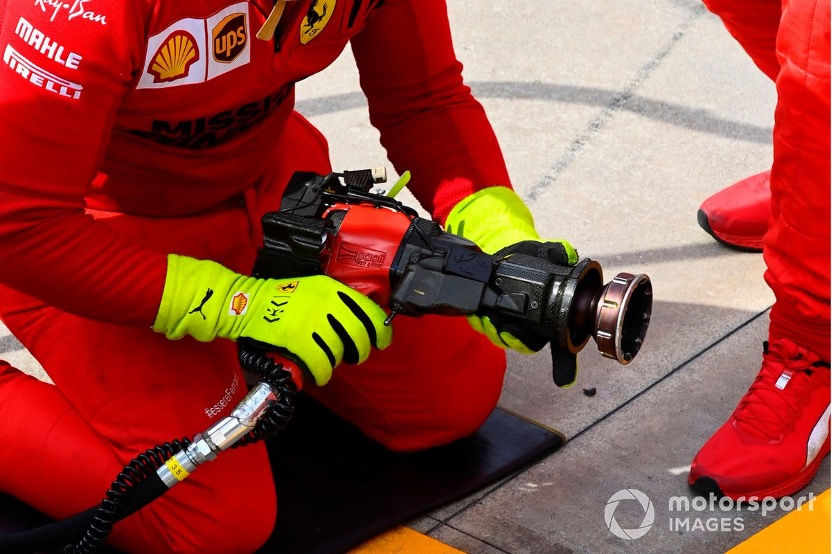The Aerodynamics of a Formula One Car’s rear wing
- Huan Alpha
- 2024年7月14日
- 讀畢需時 3 分鐘
Browsing through a formula one race car, the speed and sensation it provides is undoubtedly what amuses you the most. However, how can formula one cars achieve such rapid speeds? Of course, its powerful engine and lightweight carbon fiber all play an important role, but under the superficiality, aerodynamics - study of how objects move through air - is certainly indispensable if teams want to produce ultimate lap time machines. Under a lot of circumstances, it’s the aero that makes up the difference of a hundredth of seconds. Today, the focus would be about the rear wing, the back structure of a race car that partially shapes the wake of the outcoming airflow combined with the diffuser. In general, the aerodynamics in motorsport can be summarized into two objectives: increasing downforce and reducing drag, these two concepts are often inversely correlated in terms of induced drag which would be discussed later, so it is important for aerodynamicist to balance between the two on an actual racetrack to optimize its performance. For a rear wing, its main function would be to generate downforce by building a high-pressure airflow above and low-pressure airflow below the wing flaps, and it contains multiple structures to accomplish this goal: multi-element wing flaps, gurney flaps, endplates on the side and DRS system.
Firstly, the shape of the wing flaps is crucial to generate downforce. As it is tilted upwards, it allows the incoming air flow flowing beneath the tip of the wing to accelerate as it wants to stay attached to the surface with its high energy level, reaching its maximum velocity at a certain point below the wing. The acceleration below the flaps can be illustrated by an equation called continuity equation. The mass in fluid dynamics can just be referred to as mass flow rate, the amount of airflow moving through a specified cross-sectional area under a time range also regarding its density, so we can obtain the equation below.
Usually, when the lower airflow passes through the bottom part of the flap, it will be squeezed inwards, hence decreasing A2, so the velocity must then be increased to follow the conservation of mass.
Then, it starts to decrease its velocity as it joins the constant and undisturbed airflow flowing above the wing since the upper part is a stream-lined rather than deflected surface with no adverse pressure gradient, and this phenomenon can be explained using the kuta condition, when the velocity of the upper and lower airflow must be equivalent around its trailing edge. As a result, we obtain the highest velocity in the middle and bottomed part of the wing as shown in the graph below.
Moreover, higher velocity will always mean lower pressure exerted on the surface, vice versa, according to the Bernoulli’s Principle, so the airflow above the wing will have a higher pressure and the airflow below the wind will have a smaller pressure and causes a suction, hence creating a net pressure downwards to generate downforce. This allows the racecar to be sticked onto the ground and create more grip, so corner speeds would be high to produce fast lap times.
In addition, the airflow above and under the flaps aren’t discrete, meaning that there is air movement between these two regions. Since the high-pressure region exerts a force on the wing, and the low pressure provides additional force by suction, which is also the majority of the force, the air movement exists around the edges of the flaps, trying to move into the vacuum (the low-pressure zone). This continuous movement causes swirls that turn into vortices. Typically, vortices are not aerodynamically efficient, since it requires a lot of energy to form. In addition, it also causes induced drag, a force that acts opposite towards the motion of the object. Induced drag was formed because the vortices caused a change of in direction of the airflow upwards, creating a local airflow (average between the upwash and the incoming airflow) that is not parallel. Then, by dividing the aerodynamic force, which is perpendicular to the local airflow, into components, we will discover a component acting opposite shown below.
To counter the negative influences of these vortices, formula one teams designed big endplates on the side of these flaps, so these vortices will not form. Even though these endplates would also inevitably produce some similar wake, the induced drag would be dramatically reduced
Endplates














留言